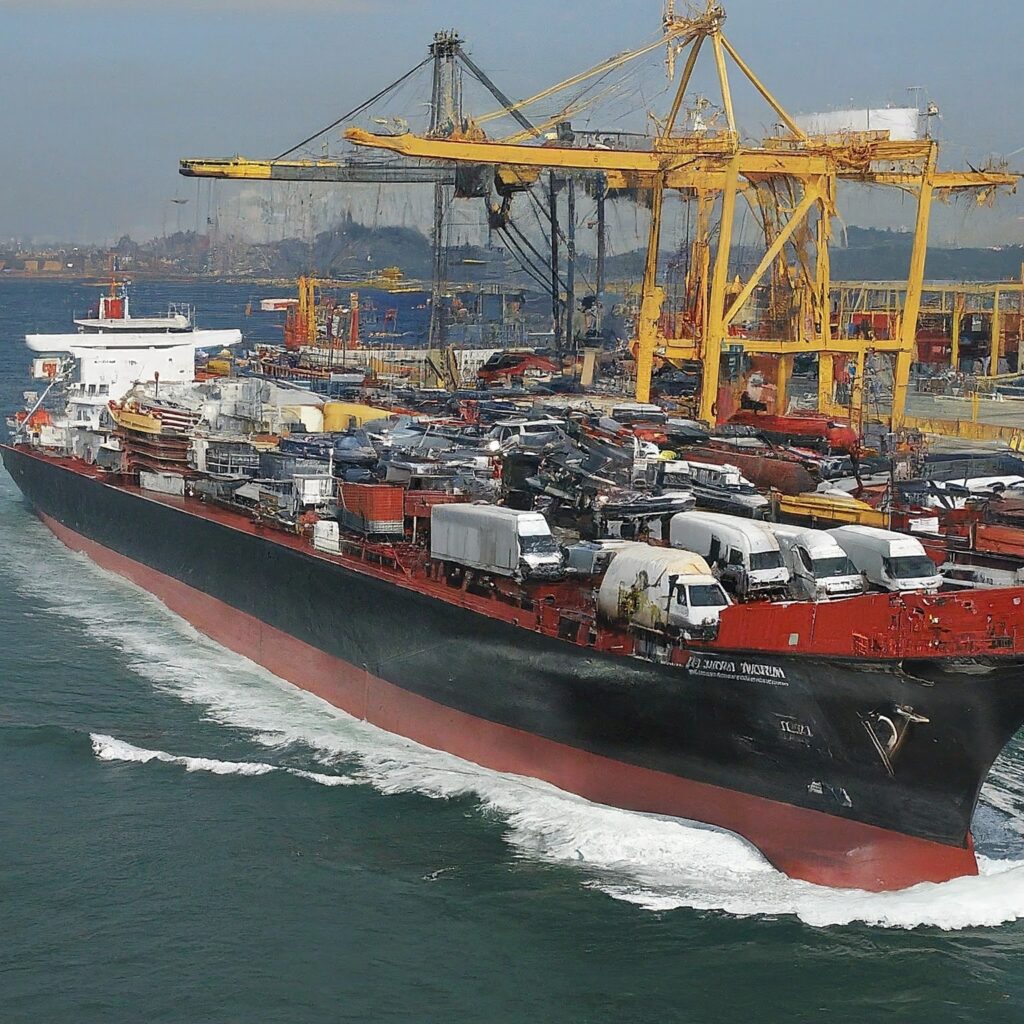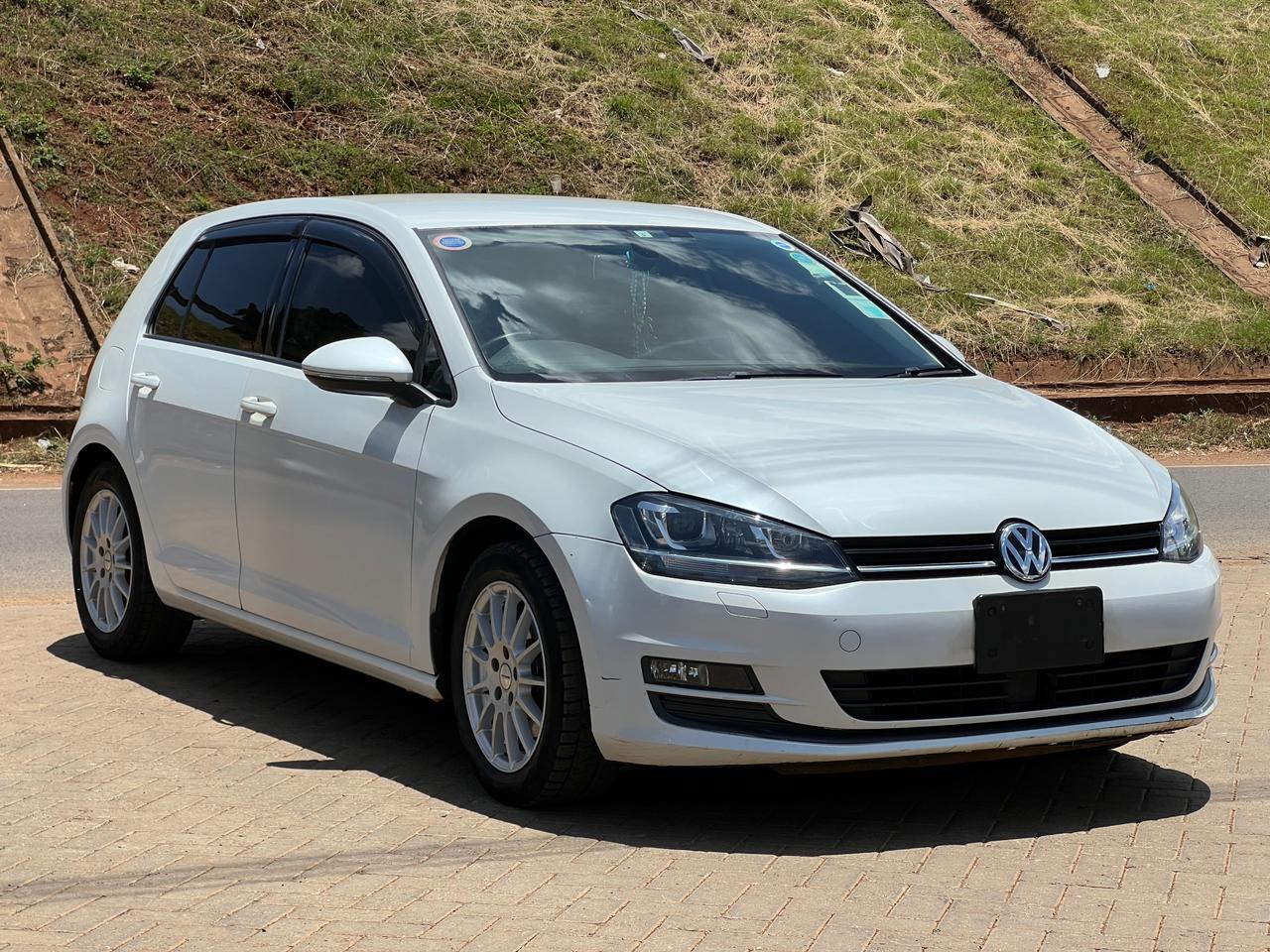How to Import Cars to Kenya (2025): A Professional Dealer’s Step-by-Step Guide
How to Import Cars to Kenya (2025): A Professional Dealer’s Step-by-Step Guide
Karibu! I’m a Kenyan car dealer and importer. In this guide, I’ll walk you—like I do with new clients—through the exact steps we use to import cars safely and profitably to Kenya: from choosing the right unit, to shipping, clearing at Port of Mombasa, paying the correct duties, registering on NTSA TIMS, and handing over a clean car that sells itself.

- Who I Wrote This For
- Kenya Import Overview (End-to-End)
- What You Need (Documents & Accounts)
- Sourcing the Right Car (Dealer Tips)
- Costing: The Landed-Cost Formula
- RoRo vs Container: What I Recommend
- Clearing at Mombasa: How We Move Fast
- NTSA Registration, Plates & Insurance
- If You’re a New Dealer: Models That Work
- Beginner Mistakes I See (And How to Avoid)
- Frequently Asked Questions
- Free Checklist + Contact
Who I Wrote This For
🏁 First-Time Importers
You want your first import to be smooth, legal, and within budget—and you want a pro to check your decisions.
💼 New/Small Dealers
You’re starting a small yard or selling on demand. You want reliable sourcing, transparent costing, and a referral-worthy handover.
🧭 Side Hustlers
Import one car at a time for clients and build a portfolio of happy referrals. Low overhead, high trust.
Reader promise: I’ll keep this practical. I’ll explain what I actually do with clients—no fluff, no hype.
Kenya Import Overview (End-to-End)
- Spec & budget — We confirm model, year band, mileage, fuel type, features, and budget.
- Source & vet — I shortlist clean units from trusted exporters/auctions and verify chassis, images, and inspection.
- Payment & insurance — We pay through secure channels and ensure CIF (Cost + Insurance + Freight) to Mombasa.
- Shipping — Choose RoRo for single units (most common) or container for multiple/high-value units.
- Clearing — My licensed C&F agent lodges customs, coordinates duties/fees, and releases quickly to avoid storage.
- Inland transport — We move the car to your city with transit insurance.
- NTSA registration — Plates, logbook, and insurance; then a clean handover with documents.
What You Need (Documents & Accounts)
Personal/Business
- National ID/Passport + KRA PIN (iTax active)
- NTSA TIMS account access
- Business registration (if importing as a dealer)
- Bank account capable of international transfers
Vehicle/Shipment
- Commercial/Proforma Invoice
- Bill of Lading (original or telex release)
- Pre-shipment inspection certificate
- Marine insurance (then local insurance at handover)
- Import Declaration Form (IDF) & customs entries via agent
Pro tip: I keep clean digital copies in a shared folder with my agent. Fast documents = lower storage costs at the port.

Sourcing the Right Car (Dealer Tips)
Most profits (and headaches) are decided at sourcing. Here’s how I keep clients happy and deals clean.
What I Look For
- High-demand models with strong resale and easy parts: compact SUVs, efficient saloons, reliable hatchbacks.
- Verified condition — inspection grade, consistent photos (exterior, interior, engine bay, underbody), and service history where available.
- Chassis/VIN match — documents and images must align; I avoid anything with signs of tampering.
- Transparent CIF — clear breakdown (vehicle price, ocean freight, marine insurance) to Mombasa.
How I Vet Exporters
- Track record, verified address, and clear communication windows
- Company bank details (no “pay personal account” tricks)
- Inspection numbers I can cross-check
- Contracts with recourse for non-conforming units
Red flags: unbelievable prices, stock photos only, refusal to share chassis, and pressure to send money “quickly” to private accounts.
Costing: The Landed-Cost Formula
Before we pay a cent, I estimate the total landed cost and share it with you. This is the formula I use:
Landed Cost ≈ CIF (Car + Ocean Freight + Marine Insurance) + Duties/Taxes + Port & Agency Fees + Inland Transport + Registration/Plates + My Service Fee
Line-by-Line Notes
- CIF: Ensure destination Mombasa and sailing window are accurate.
- Duties & Taxes: Based on customs valuation. My agent gives a pre-shipment estimate so you’re never surprised.
- Port & Agency Fees: Handling, scanning, documentation, and storage (storage balloons if documents lag).
- Inland Transport: Mombasa to your city; I add transit insurance for peace of mind.
- Registration/Plates: NTSA TIMS fees, number plates, and local insurance.
- Service Fee: Covers sourcing, due diligence, shipping coordination, clearing oversight, and handover quality control.
Example Matrix (Illustrative)
| Cost Item | What It Covers | Risk if Ignored |
|---|---|---|
| CIF | Unit price + freight + marine insurance to Mombasa | Wrong destination or missed sailings |
| Duties & Taxes | Customs valuation based on unit specs | Underestimation → budget shortfall |
| Port & Agent | Handling, scanning, documentation, agent fees | Demurrage/storage penalties |
| Inland Transport | Truck + transit insurance to your city | Damage without cover |
| Registration | NTSA TIMS, plates, logbook processing | Delays in handover |
| Service Fee | End-to-end professional management | DIY errors, slow timelines |
Transparency wins: I share these numbers before payment so you can make a calm, informed decision.
RoRo vs Container: What I Recommend
RoRo (Roll-On/Roll-Off)
- Best for: Single units, budget-sensitive clients
- Pros: Frequent sailings, simpler logistics, competitive pricing
- Cons: Less protection than sealed containers
Container Shipping
- Best for: Multiple cars or high-value units
- Pros: Added security; can ship accessories (declare properly)
- Cons: Higher total cost; stuffing/de-stuffing required
Once we confirm the route, I ask for the provisional sailing schedule and share the vessel name. When the Bill of Lading (BL) is issued, I send it to my agent the same day to pre-advise customs and avoid storage.
Clearing at Mombasa: How We Move Fast
Clearing is where a beginner bleeds money—or saves it. My licensed Clearing & Forwarding (C&F) agent is worth their weight in gold.
Key Documents
- Commercial invoice & proof of payment
- Bill of Lading (original/telex release)
- Pre-shipment inspection certificate
- Import Declaration Form (IDF) & customs entries
- Consignee ID/Passport & KRA PIN
What We Do, Step by Step
- Agent lodges entries and duty/tax assessment
- We settle duties, port charges, and agency fees
- Customs/port release is issued
- Vehicle exits yard; we arrange inland transport
Speed principle: The day we get BL and invoices is the day my agent sees them. That habit alone saves most storage fees.
NTSA Registration, Plates & Insurance
After transport to your city, we finalize NTSA TIMS registration, get number plates and insurance, then perform a proper PDI (pre-delivery inspection)—fluids, brakes, tires, lights, infotainment, tools, and keys.
Handover Checklist I Use
- Logbook/registration details and copies of import documents
- Spare key, toolkit, jack, wheel spanner, locking nuts
- Service/inspection report and next-service guidance
- Receipt summary (so you understand what you paid for)
Aftersales = Referrals: I call clients within a week. A 5-minute call often turns into your next buyer.

If You’re a New Dealer: Models That Work
1) Pre-Order (Lean Capital)
Collect a deposit after a written brief, then source the exact unit. You avoid stock risk and build trust with transparency.
2) Consignment
Sell on behalf of owners/importers and earn a fee. Great for building inventory and audience without tying up cash.
3) Micro-Stock
Hold 1–3 highly liquid models. Quick turn if you present clean units with verified history and sharp pricing.
Kenya-Friendly Models I Like
- Reliable saloons and hatchbacks for commuters (fuel efficient, affordable parts)
- Compact SUVs with good ground clearance (popular with families and upcountry trips)
- Well-kept hybrids for city economy (battery health verified)
Pricing & Margin
- Use the landed-cost sheet; price fairly with room for negotiation.
- Offer value adds: detailing, first service, full documentation pack.
- Know your city’s price bands; don’t over-stock slow movers.
Risk Controls I Use
- Written deposit agreement (specs, budget, timelines, refund terms)
- Reserve buffer for surprise fees/reconditioning
- Only verified, traceable payments
Beginner Mistakes I See (And How to Avoid Them)
- Chasing “too good” prices: If it’s far below market, assume hidden damage or a paperwork issue.
- Late paperwork: Storage charges at port snowball. Send BL and invoices to your agent the day you get them.
- Weak sourcing checks: No inspection report? Poor photos? Walk away.
- No transit insurance: A minor incident can become a major loss—always cover the drive from Mombasa.
- Unclear client communication: Share timelines (e.g., 6–10 weeks) and update with vessel ETAs and milestones.
- Spec lock + deposit received
- Unit secured + inspection verified
- Sailing date + vessel name
- BL issued + docs sent to agent
- Arrival notice + clearing underway
- Release + inland transport
- NTSA registration + handover

Frequently Asked Questions
How long will my first import really take?
Plan for 6–10 weeks from payment to handover. The biggest time swings are vessel schedules and clearing speed. The fastest lever is sending correct documents to my agent immediately.
RoRo vs container — which should I start with?
For a single unit and tighter budget, start with RoRo. If you’re importing multiple cars or a premium/high-value model, consider a container for extra protection.
What documents are absolutely essential?
Commercial invoice, Bill of Lading, pre-shipment inspection certificate, consignee ID/Passport and KRA PIN, plus IDF and customs entries via a licensed clearing agent.
Can I import a left-hand drive (LHD) car?
Kenya typically restricts LHD units with narrow exceptions. Always confirm with KEBS/NTSA before you pay for an LHD vehicle.
How do we estimate the total landed cost?
We use: CIF + Duties/Taxes + Port/Agency Fees + Inland Transport + Registration/Plates + Service Fee. I share a transparent sheet before payment.
Do I really need a clearing agent?
Yes. A skilled, licensed agent is the difference between a clean release and unnecessary storage penalties. I work with vetted professionals only.
What do you check at handover?
We do a full PDI, verify documents, plates, and insurance, and provide a neat pack with copies and maintenance notes. You leave confident.





Comments